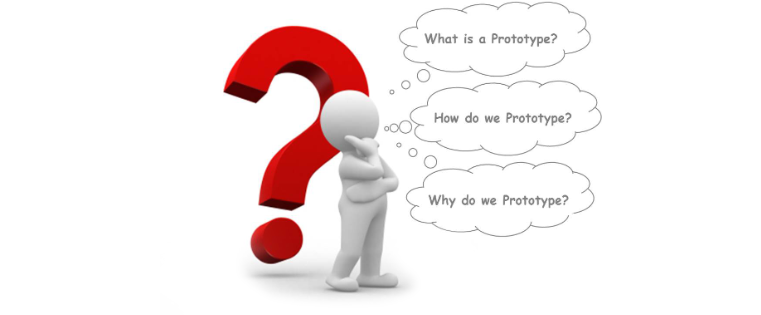What, How, and Why Prototyping in E-learning

Michael W. Allen, in his book “Leaving ADDIE for SAM”, defines a prototype as a rough and incomplete tangible embodiment of an idea or concept. But, why should we consider prototyping in eLearning development? Today, in this blog, we will see how prototyping helps us in the eLearning design and development process.
→ Download Now: Instructional Design 101
What is a Prototype in E-learning?
A prototype is an embodiment of the instructional strategy we plan for a project. A prototype is developed to ensure the alignment of our understandings with the expectations of stakeholders. So, the functionality of the prototype is only to a level where you can witness key and proposed interactivities.
How Many Prototypes?
Michael W. Allen recommends that even if we like the prototype, we need to develop at least three prototypes.
- Use your creativity and develop the 1st
- While developing the 2nd prototype, do not include the ideas used in the 1st
- During 3rd prototype, try to design something new. In this, if necessary, you can use some of the design intents from the 1st and 2nd
Sometimes, we may have another iteration. But, whatever the selection may be, we will be confident that we have a good design ready.
Benefits of Prototypes
- A prototype helps us find the problems we will face while developing the final product. Problems of functionality and compatibility become very critical to resolve at later stages of development.
- Once you resolve the problems in the prototyping stage, you will avoid the process that had created the problem, while developing the final product. This will avoid rework to a great extent. So, it shortens the overall process time dramatically.
- As we develop at least 3 prototypes, it provides opportunities for us to be more creative and we start talking more constructively about design.
- As it is a collaborative process, it helps us analyze our learners’ needs and how those needs can be met.
So, always prototype an idea or a concept of your instructional strategy before you start completely devoting your time, resource, and budget on implementing the idea for developing the final eLearning product.
Have anything to say? Please do share?





